An Essential Guide to Fashion eCommerce: Top Trends, Winning Strategies and More
The world of fashion has always been about movement and change. With the digital revolution, the industry has donned a new outfit - eCommerce. A shimmering blend of style and technology, fashion eCommerce is the modern-day stage where brands showcase their collections, not on the runway, but on scrolling screens of devices worldwide.
Did you know?
- By 2022, the global fashion e-commerce market was valued at nearly $759 billion.
- Over 75% of fashion shoppers admit to purchasing clothing online at least once in the past month.
- Millennials and Gen Z are leading the shift, with a whopping 90% preferring online shopping for their fashion needs.
If these numbers don’t turn your head, the endless scroll of fashion choices online surely will!
Read on for our comprehensive fashion eCommerce guide, which will reveal everything you need to know about fashion eCommerce trends, winning strategies, and more.
Why Fashion Brands Should Embrace eCommerce?
The online marketplace isn’t just a digital storefront—it's a sprawling global stage where brands can shine and thrive.
Here are some compelling reasons why fashion brands should embrace eCommerce:
- Reach beyond boundaries - Traditional retail limits your brand to a geographical location. With eCommerce, you can cater to fashionistas from Tokyo to Toronto.
- Data-driven insights - Online platforms offer real-time data. Learn what colours, styles, or sizes are trending, and adapt swiftly.
- Cost efficiency - Reducing overheads associated with physical stores can result in higher profit margins online.
- Personalised shopping experiences - Artificial Intelligence and Machine Learning enable brands to offer tailored shopping experiences, suggesting items based on browsing behaviour and purchase history.
Quick-fire fact: Brands with an active online presence reported a 35% increase in overall revenue during 2022!
Evolution of Fashion Retail: Offline to Online
Fashion and retail have evolved hand in hand, reflecting societal shifts and technological advancements.
The past
Physical stores were the heartbeat of fashion.
- Window displays lured in curious shoppers.
- Personal interaction was the mainstay—shopkeepers knew customers by name and preferences.
- Seasonal sales and end-of-season clearances were the most awaited shopping events.
The digital shift
The rise of the internet and smartphones changed everything.
- The 2000s saw major brands developing websites, albeit primarily for brand visibility.
- By 2010, mobile shopping apps became the rage, with virtual try-ons and instant checkouts.
- Social media platforms transformed into shopping hubs. Instagram's "Shop Now" feature, for instance, made impulse shopping even more instantaneous.
The present and beyond
eCommerce isn't just an alternative—it's integral.
- Augmented Reality (AR) allows shoppers to try outfits virtually from the comfort of their homes.
- Direct-to-Consumer (DTC) models are bypassing traditional supply chains, bringing fresh-from-the-runway looks faster.
- Sustainable and slow fashion trends are gaining traction, with online platforms providing the ideal space for niche, eco-conscious brands.
In a nutshell, from tactile fabric feel in offline stores to digital swipes on screen, the evolution of fashion retail is an ode to adaptability and innovation.
Advantages of Selling Fashion Online
Diving into the digital realm of fashion sales? The horizon looks promising! Here's why selling fashion online is a stylist's dream come true:
- Worldwide audience - Physical stores have walls; online stores have web links. One-click can connect brands to customers from different continents and cultures.
- Open 24/7 - The Internet never sleeps, and neither does your online store. Make sales while you snooze!
- Inventory management - Efficient stock control and real-time inventory checks mean no more manual stock-taking hassles.
- Dynamic pricing - Adjust prices based on demand, competitor strategies, or exclusive flash sales, all in real time.
- Interactive shopping experience - Use videos, 360-degree views, and AR try-ons to enhance the shopping journey.
- Instant feedback - With reviews and ratings, understand your customers better and pivot where necessary.
- Eco-conscious branding - Reduce carbon footprints with e-receipts, sustainable packaging, and digital marketing instead of print.
Challenges in Fashion eCommerce
As glossy and glamorous as the world of online fashion looks, it comes with its set of trials and tribulations:
- High return rates - The inability to try before you buy can lead to sizing issues and, consequently, returns.
- Intense competition - The digital realm is crowded. Standing out requires more than just quality; it demands a unique brand voice. A quality fashion eCommerce development agency can assist with this.
- Technology dependencies - A minor glitch on the website or app can lead to cart abandonment or negative reviews.
- Digital trust issues - Ensuring secure payment gateways and winning consumer trust is vital.
- Shipping and logistics - Timely deliveries, especially during peak sale seasons, can be a logistical nightmare.
- Staying updated - The digital realm evolves rapidly. Keeping up with tech trends and consumer expectations is an ongoing task.
- Sustainability concerns - As the demand for sustainable fashion grows, showcasing authentic eco-friendly practices is crucial.
Did You Know? Nearly 30% of online shoppers abandon their carts due to website errors or slow load times.
Top Trends in Fashion eCommerce
Fashion may be ever-evolving, but so is eCommerce. Merging both leads to some electrifying trends:
Virtual fitting rooms
AR-powered dressing rooms allow shoppers to virtually try on outfits, bridging the gap between online and offline shopping.
Sustainable shopping
Green is the new black! Eco-friendly materials, sustainable supply chains, and upcycling are the buzzwords.
Direct live selling
Think of it as QVC for the digital age. Influencers and designers showcase products via live streams, engaging directly with potential customers.
AI and personalisation
Algorithms predict what shoppers might want to buy next, offering a hyper-personalised shopping spree.
Social commerce
Platforms like Instagram, Pinterest, and TikTok are blurring the lines between social networking and online shopping.
Localised Content
Tailored experiences for different geographies, right from language to style preferences.
Rental and resale markets
With a growing emphasis on circular fashion, platforms dedicated to renting and reselling are thriving.
Building a Winning Fashion eCommerce Strategy
Success in fashion eCommerce isn't just about showcasing garments—it's about weaving a seamless and compelling online narrative. Here's how to build a fashion eCommerce strategy that dresses to impress:
- Know your audience - Build detailed customer personas. Understand their likes, dislikes, shopping habits, and fashion preferences.
- User-friendly design - Your website and app need to be intuitive and mobile-responsive. Make sure it loads quickly too. After all, no one likes to wait!
- Quality imagery - Enhance the user experience with stunning, high-resolution images featuring diverse models. 360-degree product views also work wonders.
- Engaging content - Create interesting fashion blog posts, style guides, and tutorials. This will help to position your brand as an authority in the fashion industry.
- Personalised marketing - Who doesn’t love a special offer? Consider sending tailored product suggestions to customers. You can also send abandoned cart reminders and exclusive offers too.
- Transparent policies - Be upfront! Provide clear information about shipping costs, return policies, and delivery timelines.
Stay Ahead in the Competitive Fashion eCommerce Landscape
One thing is for sure: the fashion eCommerce industry is thriving at the moment! You’ve got many, many brands that are fighting for attention.
Naturally, you want to make sure your brand stands out, rather than simply blending in.
So, how do you achieve this?
Well, continual learning is key. Embrace webinars, workshops, and courses that provide insights into the latest eCommerce trends.
You can also expand your reach and enhance brand credibility by forming collaborations and partnerships. Look to join forces with influential figures, bloggers, and complementary brands.
The importance of data analytics cannot be stressed enough, offering profound insights into customer behaviour and enabling you to optimise your fashion digital marketing campaigns and predict upcoming trends.
Social media is your stage; engage actively, showcase behind-the-scenes content, initiate contests, and build a loyal community.
Lastly, delivery can make or break the deal. Innovate with options like same-day deliveries, provide trackable shipping, and ensure you have a flexible return policy in place.
The Future of Fashion eCommerce
If today's trends are any indication, the future of fashion eCommerce is set to be nothing short of spectacular.
Digital fashion shows
Virtual reality may soon transport buyers straight to front-row seats at fashion weeks around the world.
3D Printing
Customers could design and print bespoke fashion items at home.
Blockchain for authenticity
For luxury fashion, blockchain can verify product authenticity, combating counterfeits.
Subscription models
Monthly curated fashion boxes tailored to individual tastes could become the norm.
Augmented reality shopping malls
Virtual malls where customers can stroll, shop, and socialise, all in AR.
Final Recommendations for Fashion Retailers
Embracing change is essential. Both the fashion world and the digital realm are in constant flux; adaptability is the name of the game.
While selling apparel is the ultimate goal, prioritising customer experience at every step of their shopping journey can truly set you apart.
Inclusivity, be it in the form of gender-neutral clothing or catering to a range of sizes, is essential. Engaging with customers authentically, whether through newsletters, social media interactions, or web chats, can forge stronger bonds.
And never underestimate the power of technology. Investing in the right tools, from AI chatbots to efficient CRM systems, can drastically elevate your operational efficiency.
Remember, it's not only the clothing that lures customers but also the narratives you craft and the values you uphold. So, chart your path with conviction and style.
Subscribe To Us




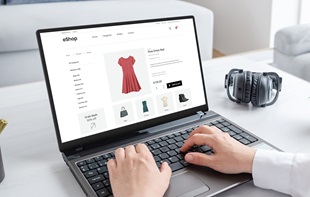






.jpg?mw=310)

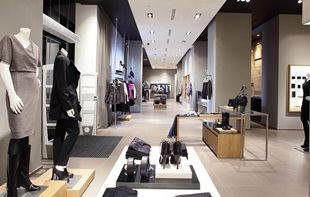


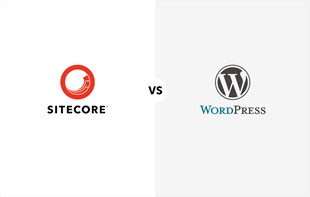



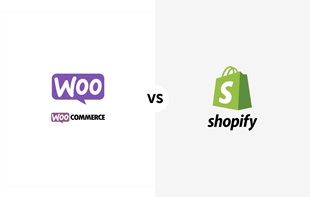








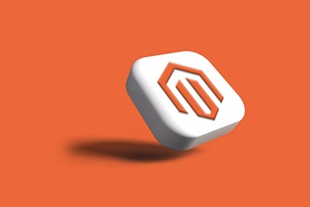





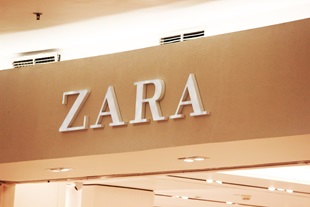









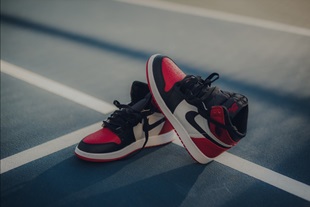
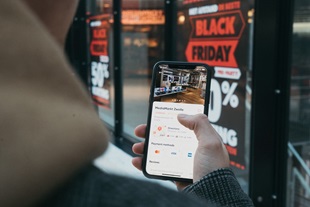



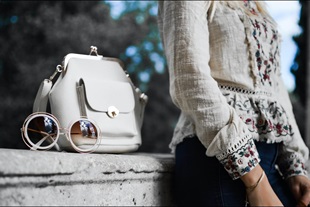

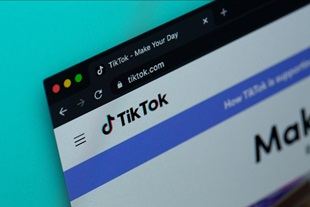


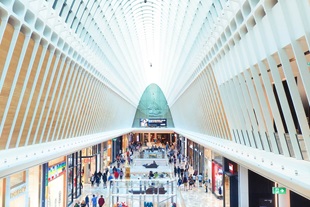

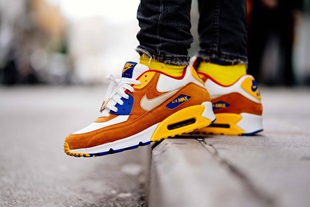
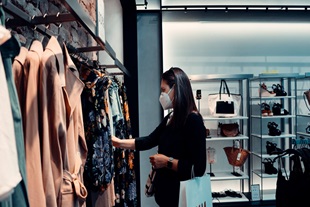


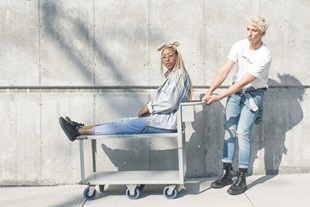

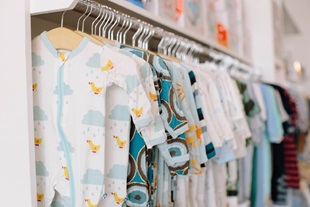
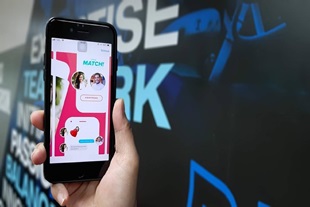











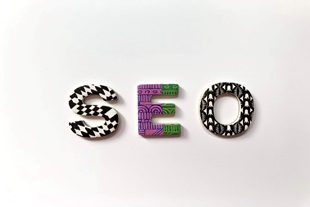


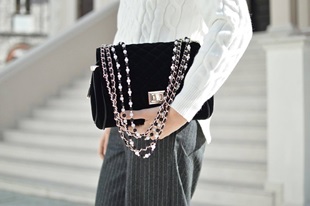
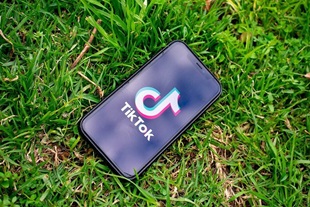
















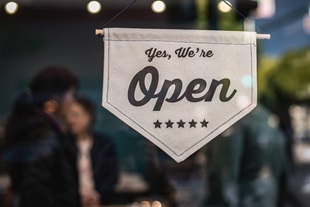




.jpg?mw=310)


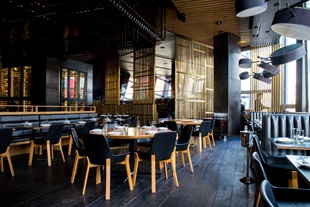

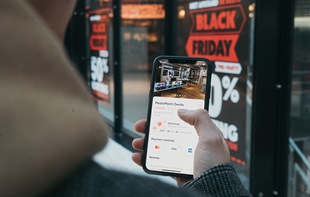



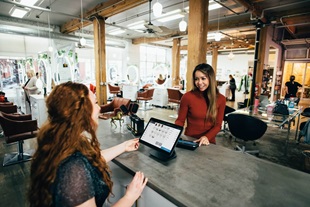




















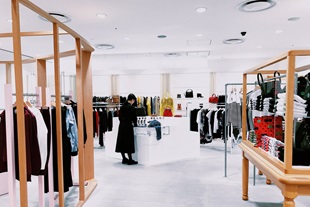

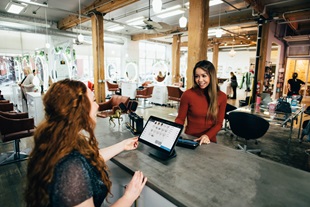
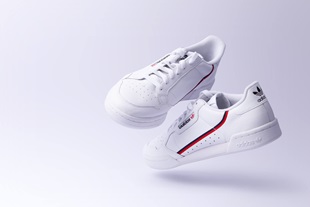






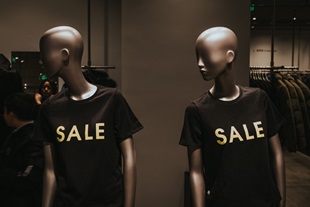
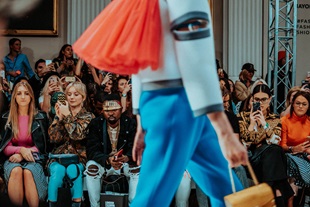





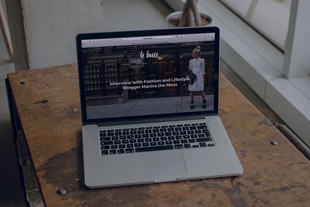





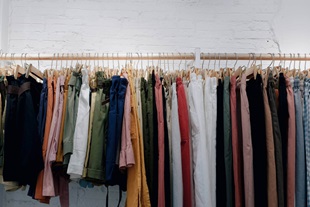


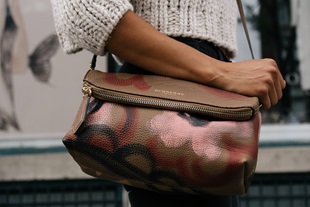
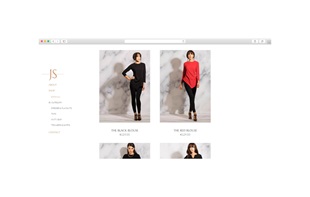









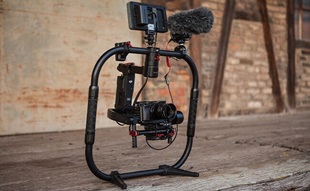





.jpg?mw=310)
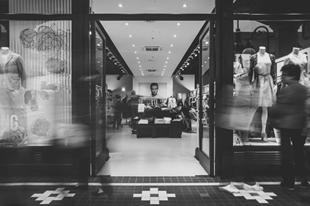






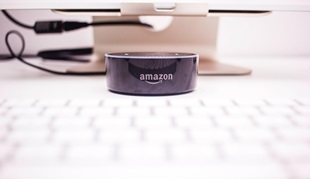












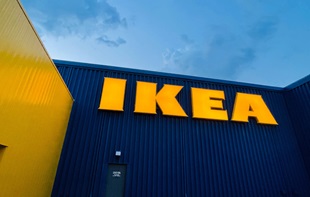

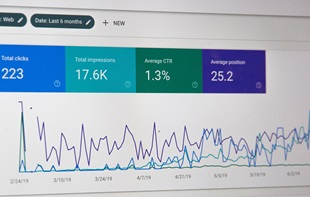
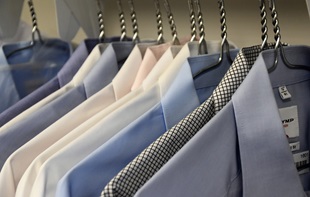










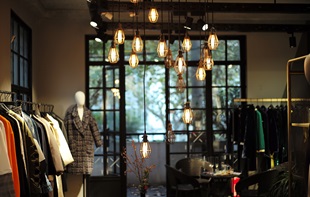


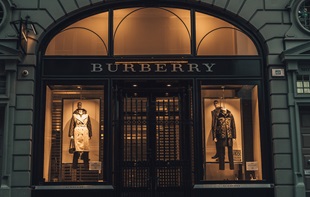


![The impact of online reviews on your business [Infographic]](/-/media/The-impact-of-online-reviews-on-your-business.jpg?mw=310)


![10 latest trends in digital marketing for beauty brands [Part.2]](/-/media/Appnova/Blog/ScreenShot20151026at1500471940x567/10-latest-trends-in-digital-marketing-for-beauty-brands-Part-2.jpg?mw=310)
![10 latest trends in beauty web design and digital marketing [Part.1]](/-/media/Appnova/BannerImages/18376519151_bbeaa6dafc_b-1/trends-in-beauty-web-design-and-digital-marketing/10-latest-trends-in-beauty-web-design-and-digital-marketing-Part1.jpg?mw=310)
![From story-telling to story-showing: What makes a lifestyle eCommerce? [Part.2]](/-/media/Appnova/BannerImages/ScreenShot20150929at143416/From-story-telling-to-story-showing-What-makes-a-lifestyle-eCommerce-Part-2.jpg?mw=310)
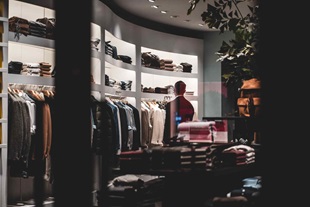


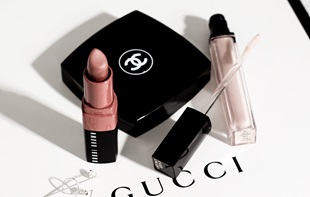






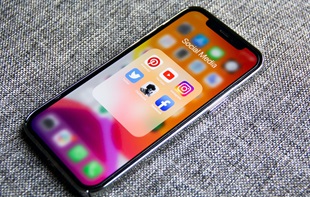
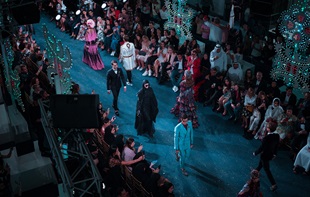








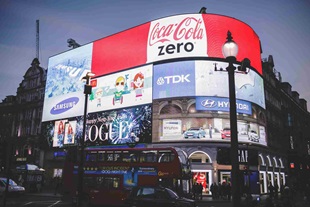


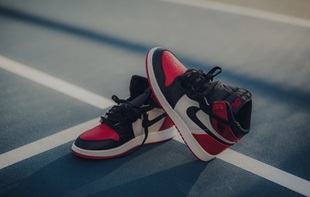





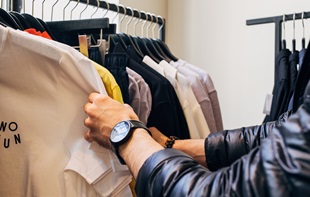


![15 crazy things people search on Google [Infographic]](/-/media/crazy-things-people-search-on-Google.png?mw=310)



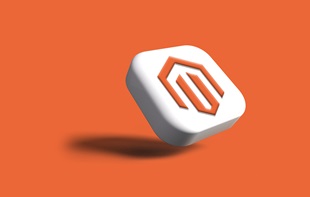
![How to LOSE Twitter followers in 15 ways [Infographic]](/-/media/Appnova/Blog/08-internal-768x534.jpg?mw=310)


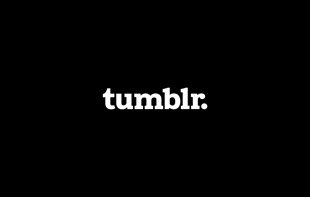


![The generation of me, myself and I – Me-commerce will remain strong. [Infographic]](/-/media/Appnova/BannerImages/mecommerce-cover/mecommerce-cover/The-generation-of-me-myself-and-I--Mecommerce-will-remain-strong.jpg?mw=310)

![A Whole New E-commerce World – Alibaba and the forty others [Infographic]](/-/media/Appnova/BannerImages/camel/camel/A-Whole-New-E-commerce-World-Alibaba-and-the-forty-others.jpg?mw=310)









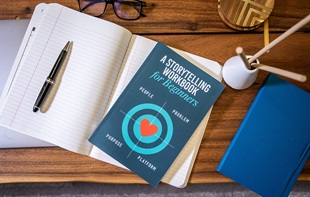



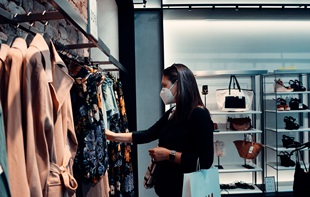

0.Comments